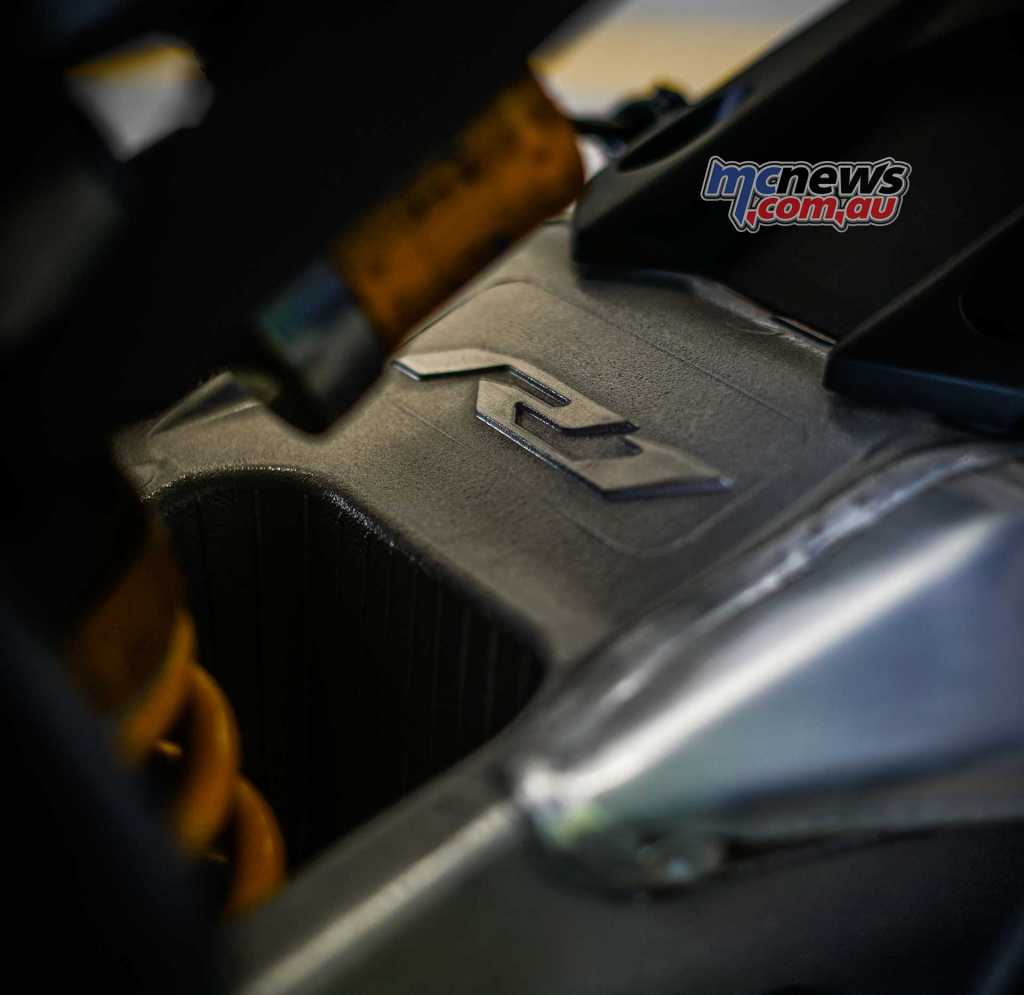YRT Reveal 20th Anniversary R1 Livery
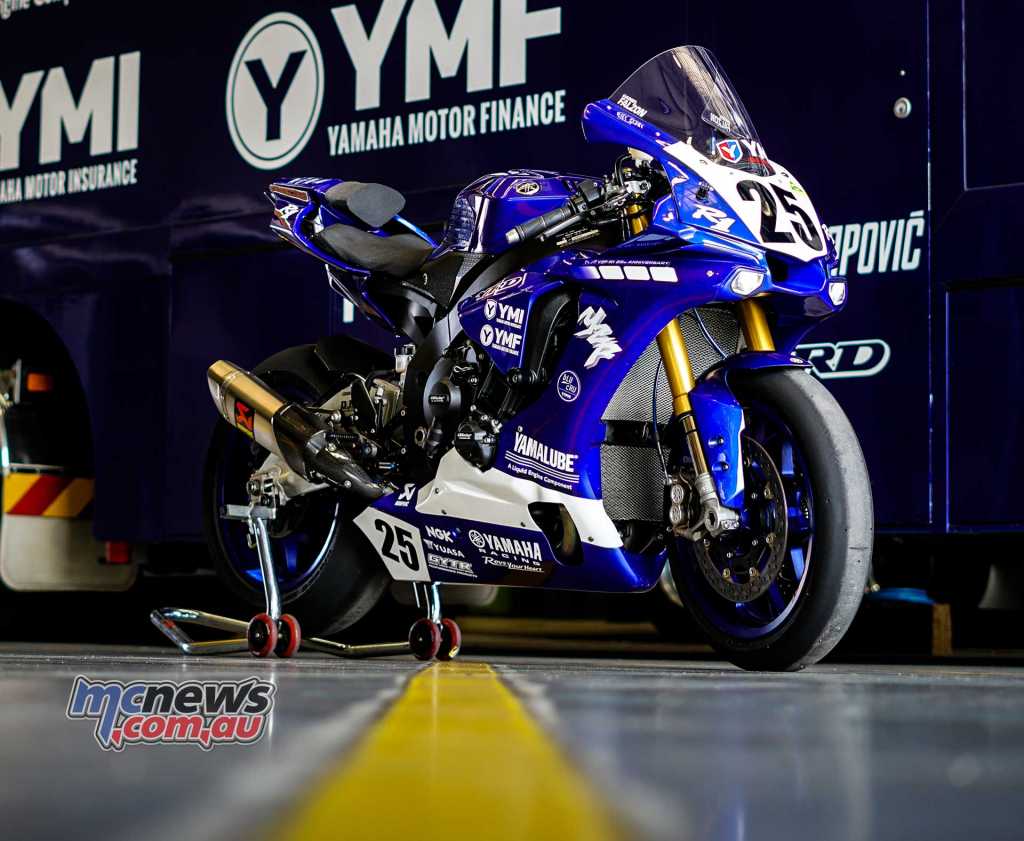
This weekend at round three of the Yamaha Motor Finance Australian Superbike Championship, held at the new international standard, The Bend Motorsport Park in South Australia, the Yamaha YZF- R1M’s of Wayne Maxwell and Daniel Falzon will feature 20th anniversary logos and graphics to add to the excitement of racing a new track.
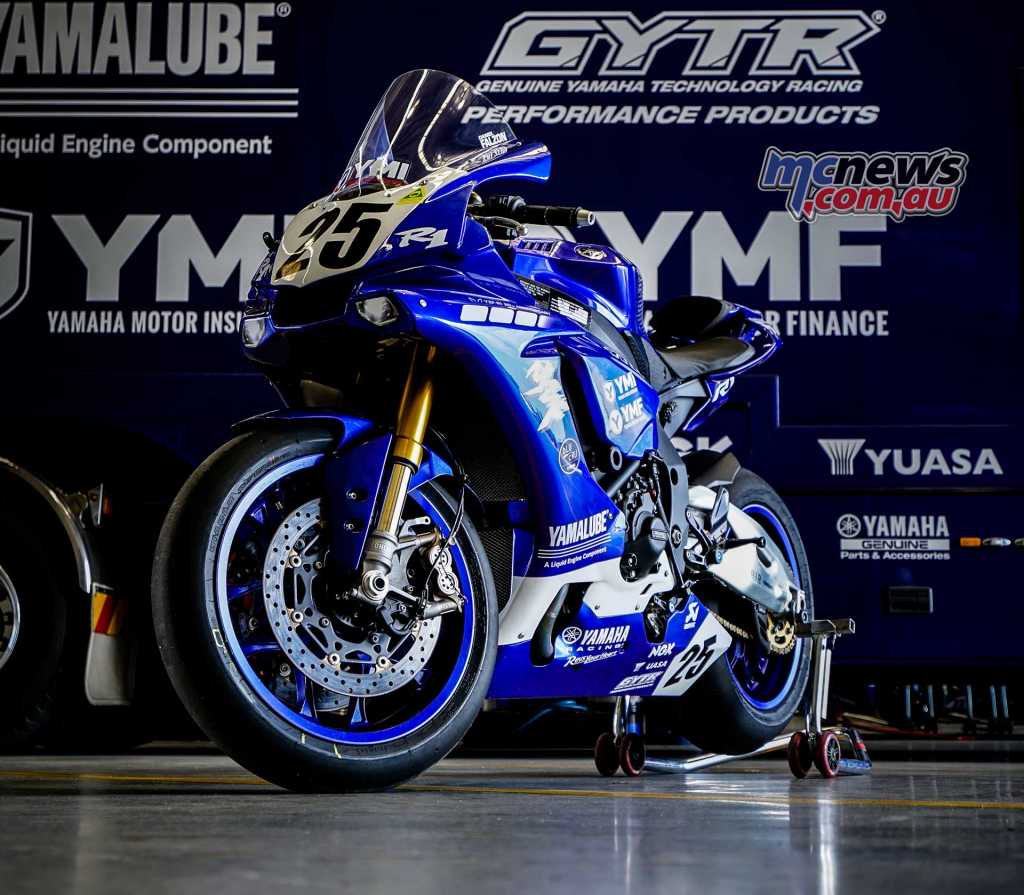
“The Yamaha R1 has proven to be an amazing bike for Yamaha and now in its 20th year, it is still going strong,” comments Yamaha’s Motorsport Manager, Ray Howard. “While not a complete throwback to the original 1998 model, this weekend we celebrate 20 years of R1 with some artwork inspired by the original bike.”
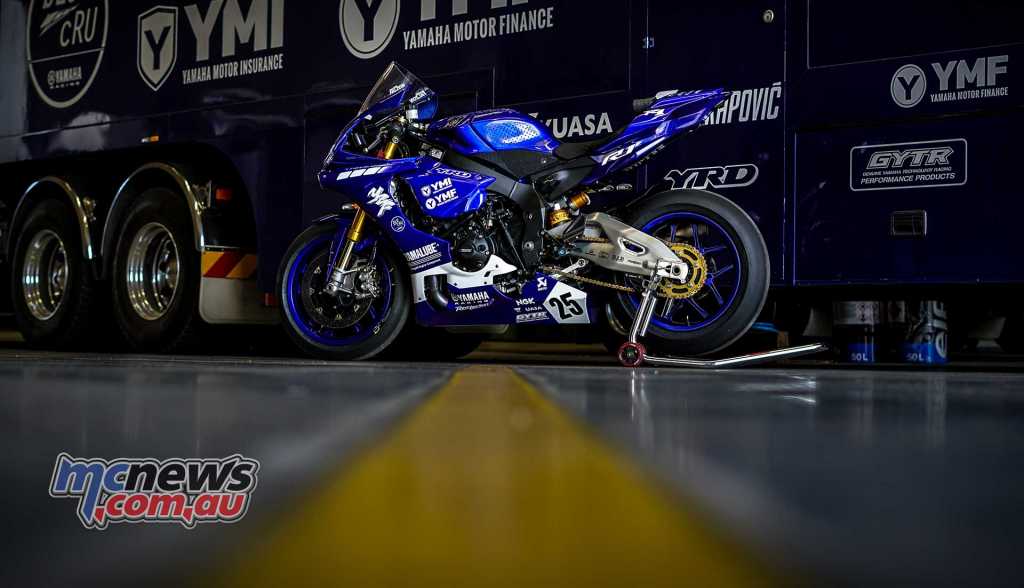
Action gets under way at the new Tailem Bend circuit on April 19, with Maxwell and Falzon currently sitting third and fifth in the championship after the opening two rounds.
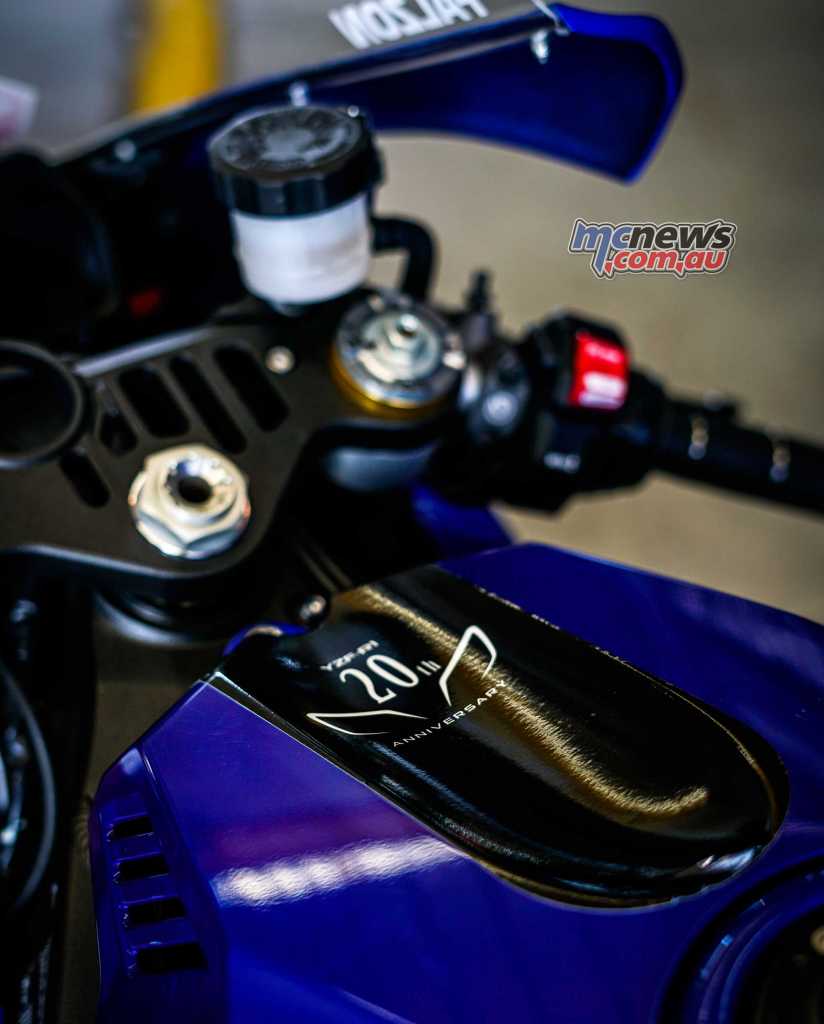
Yamaha YZF-R1 Time line
To celebrate the 20th year of the ground-breaking Yamaha R1, let’s take a look back over each generation of the bike and how constant development has turned it into the best sports bike on the market.
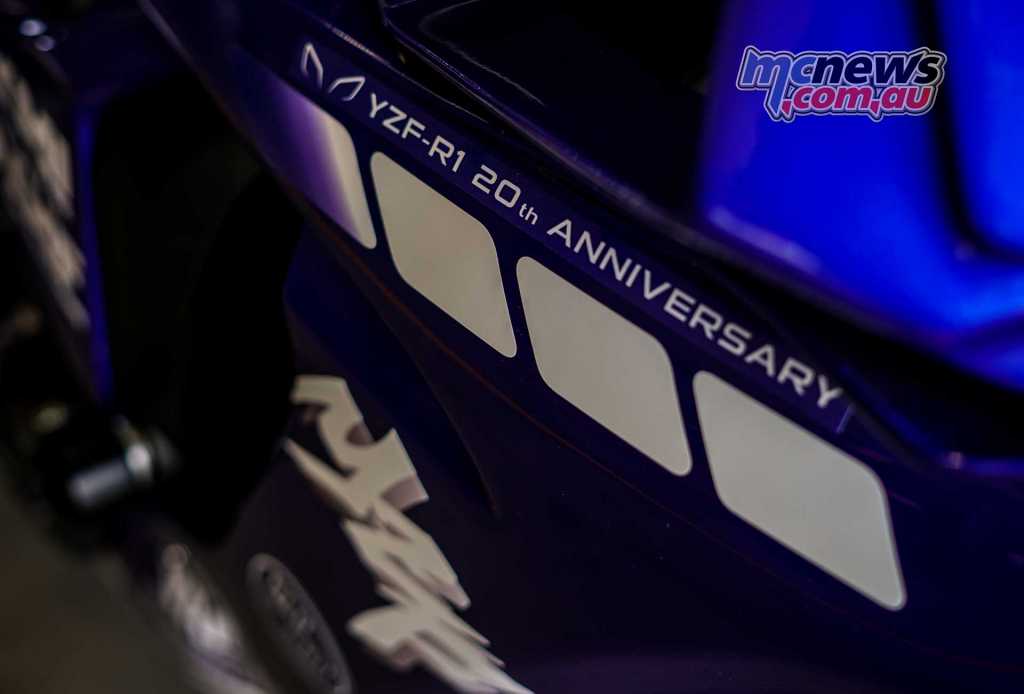
1998 – 1999
Yamaha launched an all new sports bike that changed the way people that about high powered sports bikes. Redesigning the Geneses engine to create a more compact motor along with an all new stacked gear box that allowed the engineers to shorten the wheels base, compact the chassis and lower the centre of gravity. Feed by four Kehin CV Carburettors and producing 140BHP the Yamaha R1 was an instant hit with the market place.
Updates for 1999 were minor but included paintwork and graphics as well as tweaks to the gear box and tank.
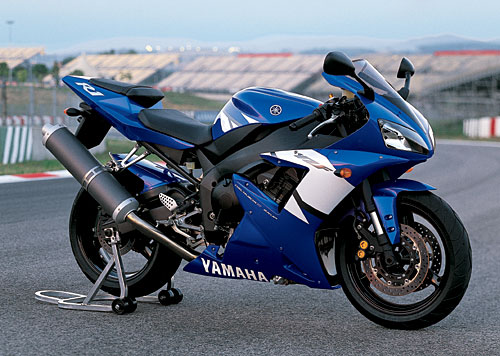
2000- 2001
Yamaha introduced a range of changes for the 2000 model including weight reduction, an increase in bottom and mid-range power as well as re-deigned economical layout for the rider. The plan wasn’t to reinvent the bike, just sharpen up the existing product to make it easier to use but still maintain its sports bike heritage. Jetting was fine-tuned as were a host of other features to ensure the 2000 model was a step above the previous bike.
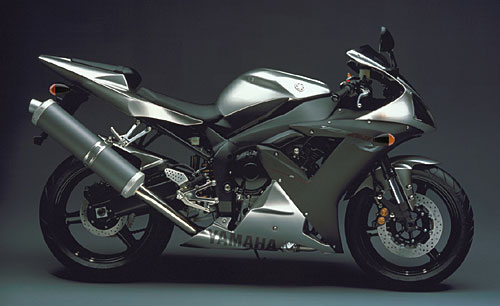
2002- 2003
Big changes hit the production line in 2002 as it was out with the carby and in with fuel injection. Along with the new ‘Deltabox’ frame design that increased rigidity by nearly 30%, a new exhaust was added as well as updated styling, lights and indicators.
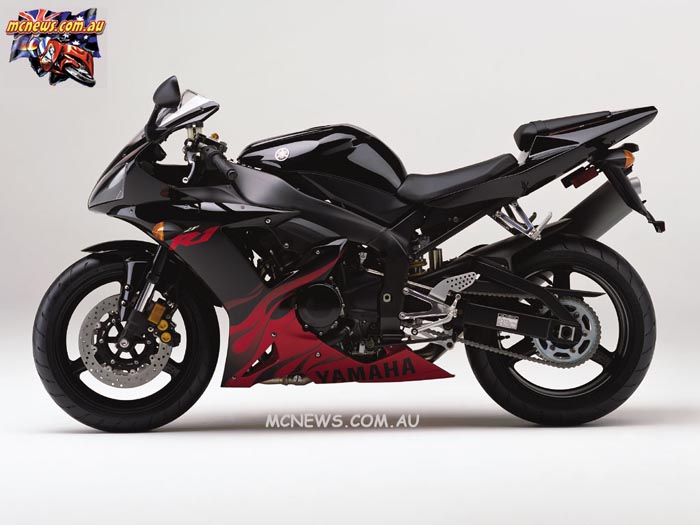
2004- 2006
By 2004, all manufacturers were in the 1000cc sports bike market and the competition on the show room was hotting up. After significant changes to the R1 just two years prior, many expected the R1 to just continue with a host of refinements, but Yamaha had other ideas.
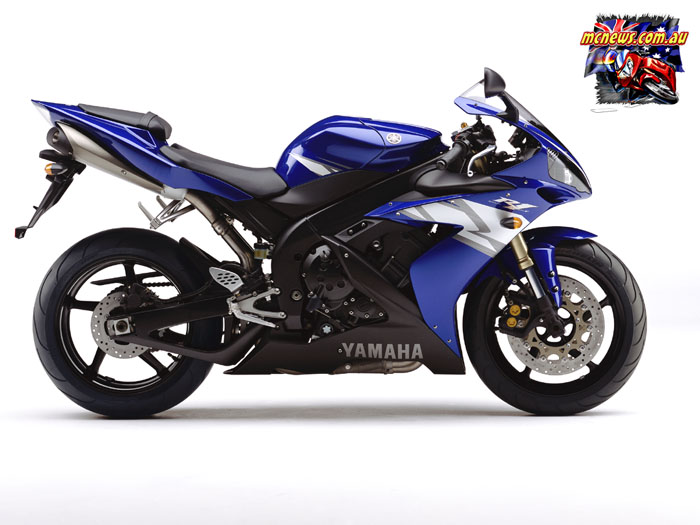
Power was increased, weight was reduced, a new exhaust that run under the seat allowed the motor to breath better when combined with a ram air feed system. Brakes were also upgraded to handle the new performance of the R1.
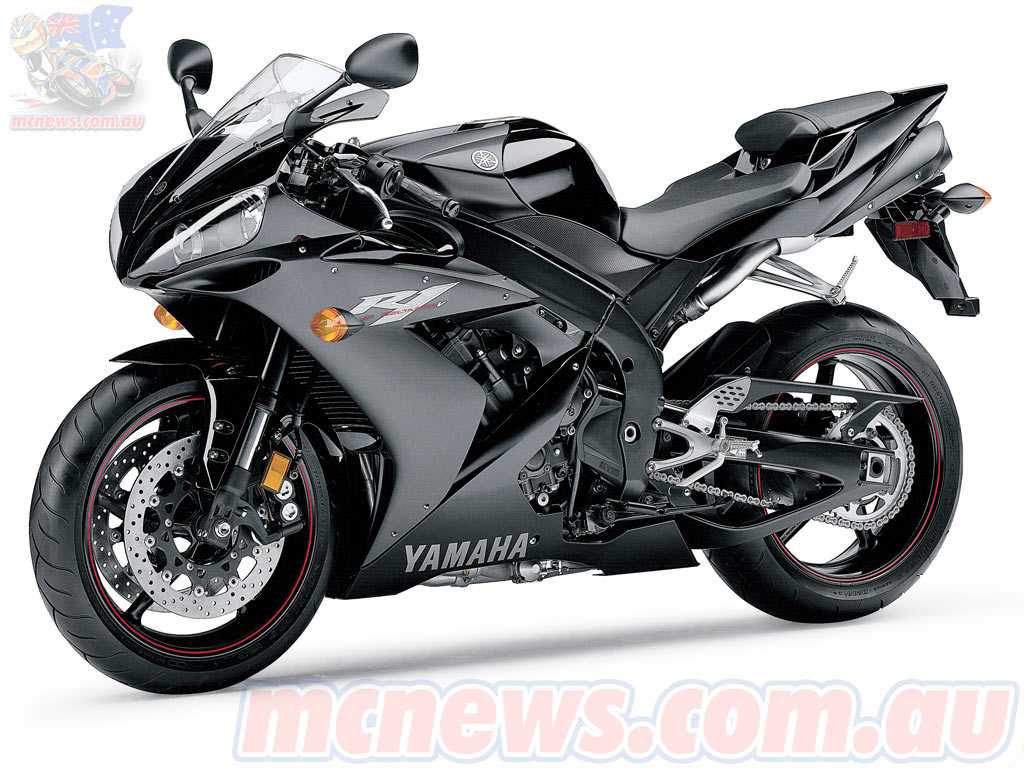
2006 saw a longer swing arm introduced for stability as well as the 50th Anniversary colours were available.
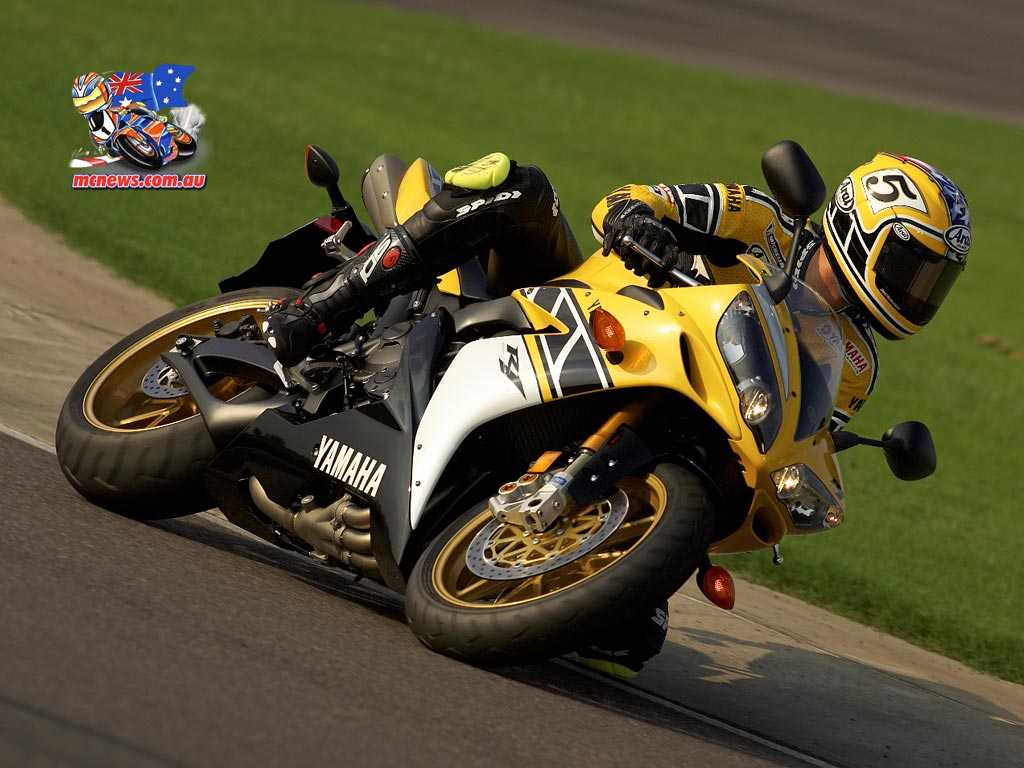
2007-2008
Yamaha reverted to a more traditional four valves per cylinder and with it came an increase in power, now pumping out a staggering 157hp at the rear wheel. The frame was updated to handle the new motor and advancements in engine management allowed optimum performance but still maintain plenty of useability.
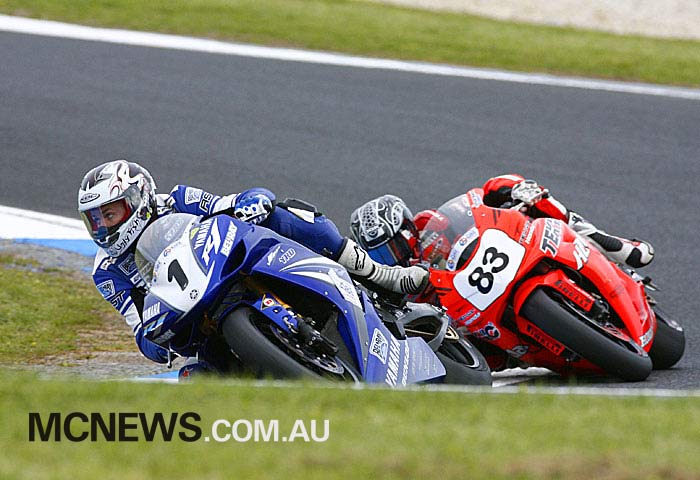
Jamie Stauffer cleaned house in the ASBK in 2007 and 2008 on his YRT R1.
2009 – 2014
Taking technology directly from the GP paddock, Yamaha announced an all new R1 for 2009. The cross-plane crank shaft and big bang firing order was said to give the rider two engines in one- the torque of a twin yet the pace of an inline four.

Further advances in engine management also allowed the rider to personalise the engine settings for their style or conditions with three distinct different mapping options. Handling updates came via changes to the frame, sub frame, swing arm as well as an electronic steering dampener.
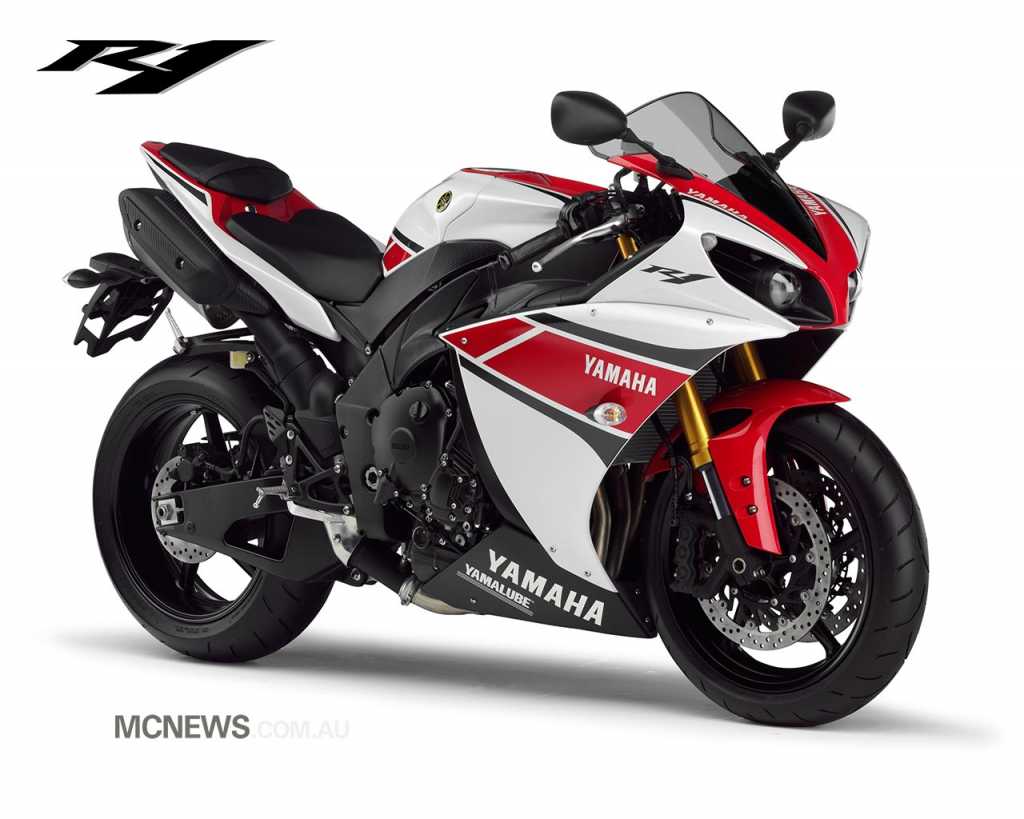
Kevin Curtain was the main man running rampant on Australian racetracks winning races and championships along the way.
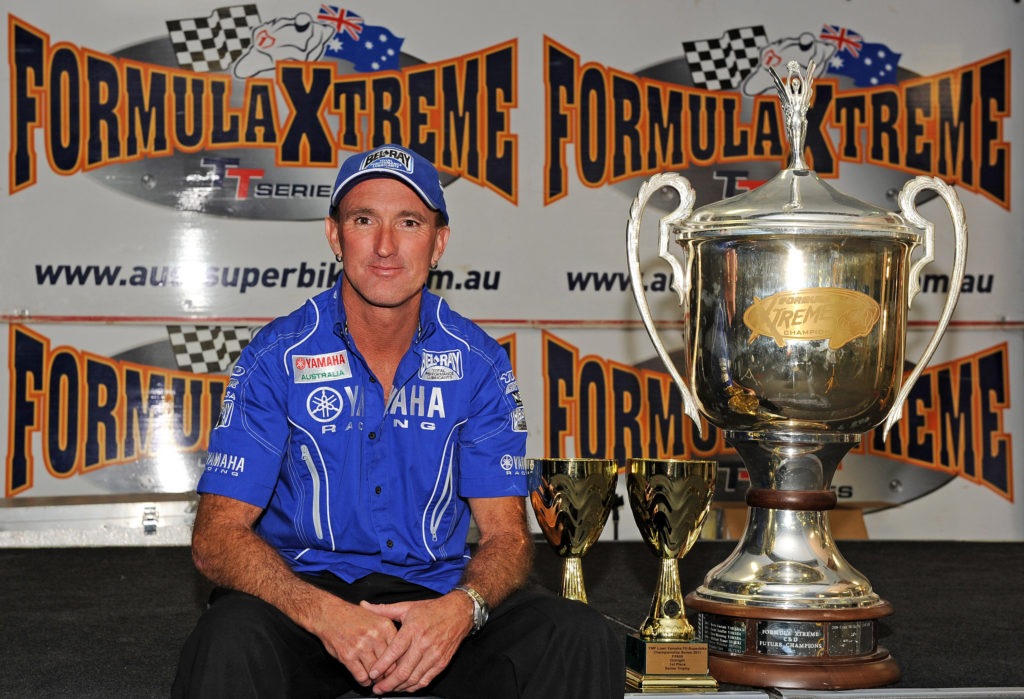
2014- 2017
An all new R1 was unveiled for 2014 and featured a state of the art, industry leading electronics package that had never been used on a production based motorcycle that that included a sophisticated Traction Control (TCS) and Slide Control System (SCS), anti-wheelie Lift Control System (LIF), linked antilock brakes, Launch Control System (LCS), Quick Shift System (QSS), and selectable power modes.
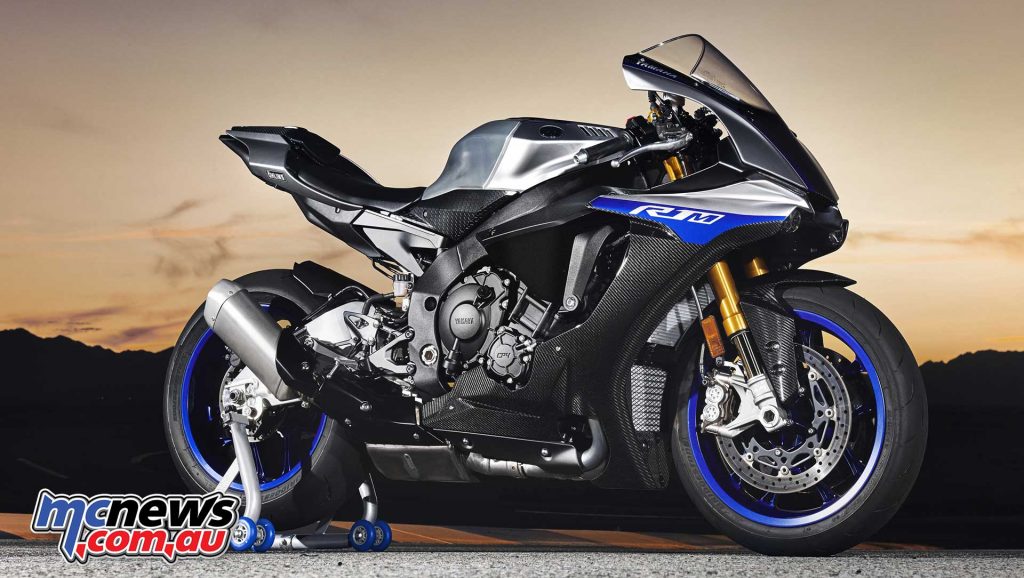
YRT Riders on R1
The Yamaha Racing Team has had a who’s who of Australian Road Racing pass through their doors over the years and enjoyed an incredible amount of success on Yamaha’s R1. Just a few names to compete and win on an R1 include: Kevin Curtain, Broc Parkes, Jamie Stauffer, Wayne Maxwell, Glenn Allerton and Cru Halliday.
